Beyond these six elemental factors, there are other ingredients you might consider adding to your salsa to make them more substantial or add a different element of flavor.
Beans
You can add cooked beans to a salsa to turn it into a more substantial side dish or "dips" for chips, especially if you want to make a light yet nutritious vegetarian meal or side dish. Black beans and black-eyed peas work especially well in such uses because of their delicate size and dramatic colors.
Bell peppers
Peppers in a salsa don't have to be spicy; sweet bell peppers in a variety of colors can be added to bring an additional crisp and summer flavor to a salsa. You can also char the peppers over a grill or under a broiler to soften them and add a richer flavor.
Sugar or Honey
Some fruit-based salsas can benefit from a little extra touch of sweetness—even in lieu of adding any salt. I have sometimes found this to be the case with berry-based salsas and others where the sweet-and-spicy flavors need to take precedence over any savory elements. Always add such flavors slowly, tasting as you go just as you would add the salt. You don't want to overwhelm the salsa with sweetness, but sometimes it can help bring the right balance.
Alcohol
Yes, believe it or not some salsas can benefit from a judicious splash of spirits: rum, tequila, or perhaps a touch of bourbon. I especially like doing this when I'm serving the salsa as a topping on grilled meats, which may have been marinated with these same spirits in the mix.
Additional spices
Some salsas can benefit from the addition of other spices such as ground cumin, cayenne or black pepper, or even a touch of cinnamon. Just try not to add more than one or two additional spices to the basic mixture, and pick those that complement the other ingredients well.
Olive Oil
Sometimes a salsa can benefit from a touch of olive oil as well, in order to held blend together the flavors and if it seems too "dry".


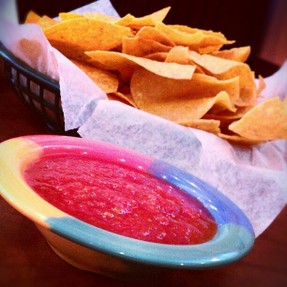 The Spanish word "salsa" simply translates as "sauce" and indeed can be found in variations throughout world cuisine. Of course, many of us are familiar with traditional Mexican salsas, of which there are several popular varieties including
The Spanish word "salsa" simply translates as "sauce" and indeed can be found in variations throughout world cuisine. Of course, many of us are familiar with traditional Mexican salsas, of which there are several popular varieties including






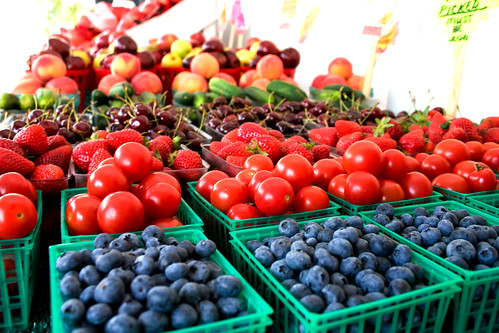
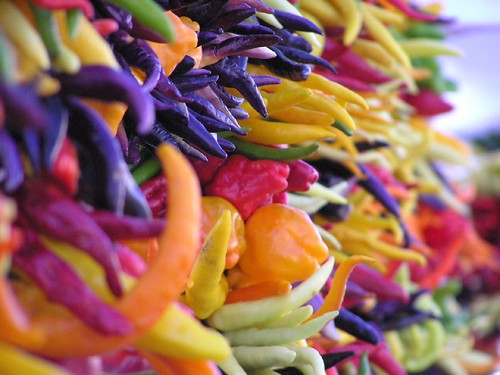

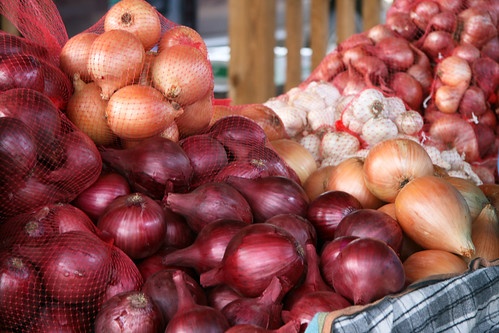

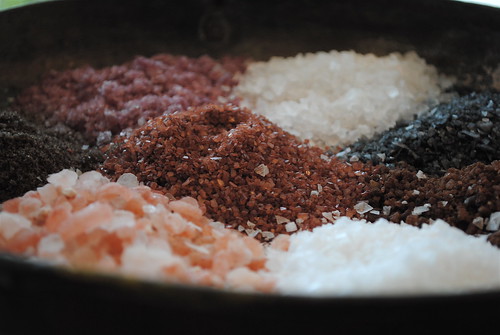
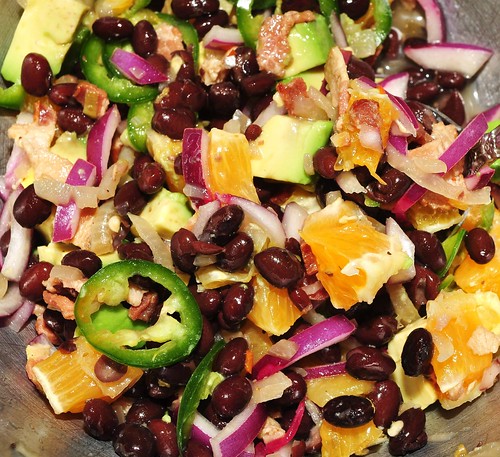

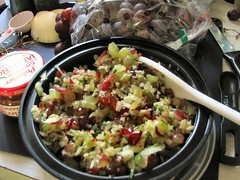


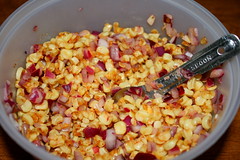
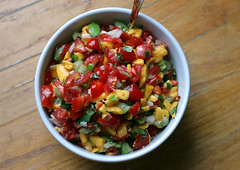





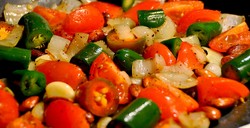

 A Potentially Fatal Accident in the Homeon 11/24/2018
A Potentially Fatal Accident in the Homeon 11/24/2018
 Windsurfing Lessons on Montserrat: One of My Funniest—and Fondest—Travel Memorieson 11/20/2018
Windsurfing Lessons on Montserrat: One of My Funniest—and Fondest—Travel Memorieson 11/20/2018
 Christmas Ornaments Celebrating Rome, Italyon 11/12/2018
Christmas Ornaments Celebrating Rome, Italyon 11/12/2018
 Philadelphia-Themed Christmas Ornamentson 11/09/2018
Philadelphia-Themed Christmas Ornamentson 11/09/2018

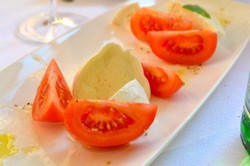
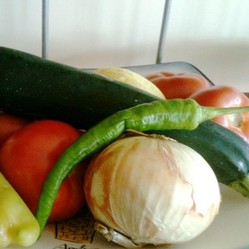
Comments
Your article is full of great ideas. I haven't tried salsa with fruit (papaya, peach, pomegranate) but I can see why it would work; I've only tasted salsa with mango once (and loved it). I will refer back to your article as I try various salsa recipes in the future.
I generally don't buy grocery store salsa because I don't know what they put in it. I'm really sensitive/intolerant to raw garlic and that seems to be really common in store salsa, for one thing. But yes, it is definitely a step above the jarred/canned stuff, that's for certain.
If you have a chance to buy FRESH salsa in the grocery store and compare it to canned salsa, you'll never buy it canned (or in jars) again. But making your own salsa is even better because you can experiment with all sorts of ingredients - and it's cheaper. Fresh and homemade salsa is the way to go.